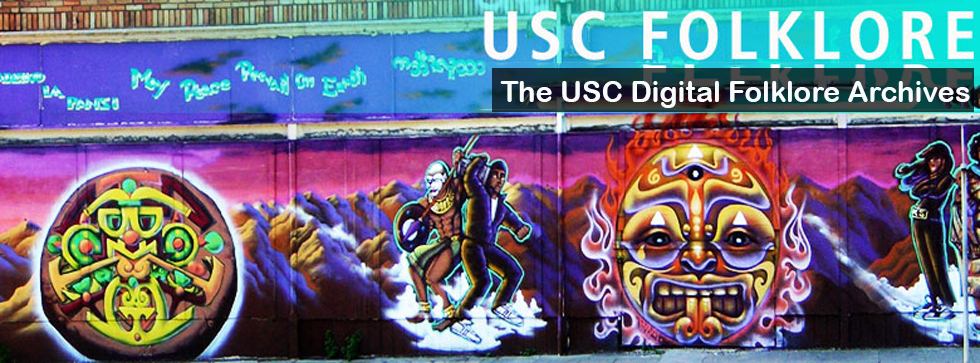The following is GK’s recollection and respective interpretation of her experiences at Karneval/Fasching celebrations in Germany.
GK grew up in Germany as a Lutheran and celebrated Karneval throughout her childhood and young adult years. In her description of the holiday, she says that Karneval was like the Mardi Gras equivalent in Germany. It occurred right before Lent, starting fifty-two days before Easter and then ending before Ash Wednesday. Growing up in Ansbach, in Southern Germany, the festival was called “Fasching” there.
GK says that on the first day of the celebration, all of the women in town would dress up in costumes and gather in the streets to march around. They would do silly little things, such as cutting off the bottoms of men’s ties and in exchange would give them a small kiss on the cheek. GK notes that the bolder ones (women) would plant a kiss on the boy’s lips.
Then, there was “Rosenmontag” (Rose Monday), which occurred [on] the Monday after the celebration began. There would be a parade in her town and she and her brother would watch on the side of the streets and small floats and marching people came through the streets. People were dressed up in costumes that were very colorful or fantastical, too. Good food was everywhere for everyone to indulge in. There were bratwursts, German pretzels, Berliner donuts (called Krapfen in German) filled with a berry jam, all being sold by vendors in the streets. Though she was younger and couldn’t participate in these activities, she remembers the bars would be open all night (her parents often went there to celebrate during this time). When GK was older, she and her friends had Glühwein together, a spin-off of wine. She describes it as a “red wine drink mixed with hot apple cider and spices.” She also says that “people were always drinking, celebrating, and dancing.” When World War Two approached and Hitler’s grip on Germany got stronger, some of the floats and people marching in the streets conveyed his messages, she recalls. “Those were some of the more uncomfortable years and less people wanted to go. But you still had to, otherwise the Nazis would think you weren’t in support and would come after your family,” she says.
The Last Day of the celebration was on Tuesday, right before Ash Wednesday. In Germany, it was called “Karnevalsdienstag,” (Shrove Tuesday). It’s the last day of parades and parties, and this is also the day that is the same as Mardi Gras in other places in the world.
On Ash Wednesday, GK remembers that there was a custom of burning the “Nubbel,” which is a straw, life-size doll. It would customarily hang outside of bars or in town squares and when it was burned it symbolized the doing-away of all the sins committed during Karneval time. She notes that this part never occurred in Ansbach, but rather in bigger cities in Germany. She only witnessed it once when she travelled to a larger city with her girlfriends.
GK remembers Karneval as some of her better memories from Germany before and after World War Two. Several bombs had struck her hometown, so she says that being able to look back on the celebrations and good times she had with her friends and family before these tragedies will always be something that she cherishes.
My Interpretation:
Karneval, better known as Fasching to her, seemed to be a celebration that really affected and influenced GK’s life. It’s clear that some of her best memories of her hometown came from this celebration, which mean a lot to her as many of her memories include taking shelter in bomb shelters and seeing the aftermath of her town, destroyed by bombs during World War Two. While reminiscing on her memories, it was evident that GK misses her home and the Fasching celebration that she used to partake in. However, she spoke very romantically about it, as if it were the festival of the century; nothing could ever be better than Fasching. Whether it was because it was part of her childhood, or really that spectacular of a celebration, Fasching seems to be a very influential festival for the German people, with several of their traditions and customs performed/practiced throughout the days it occurs.
